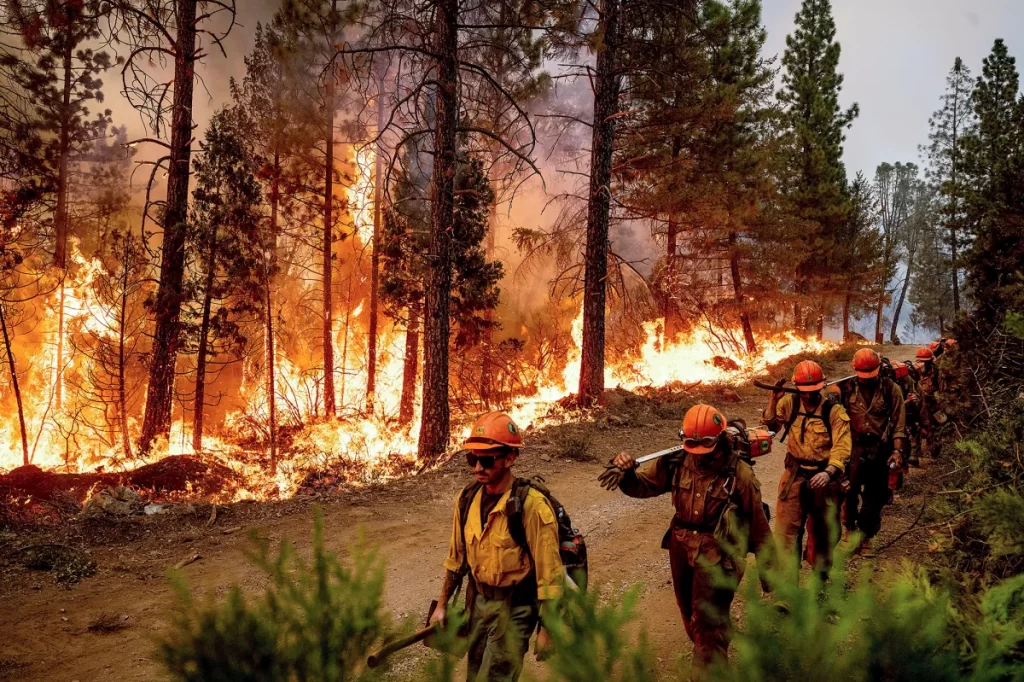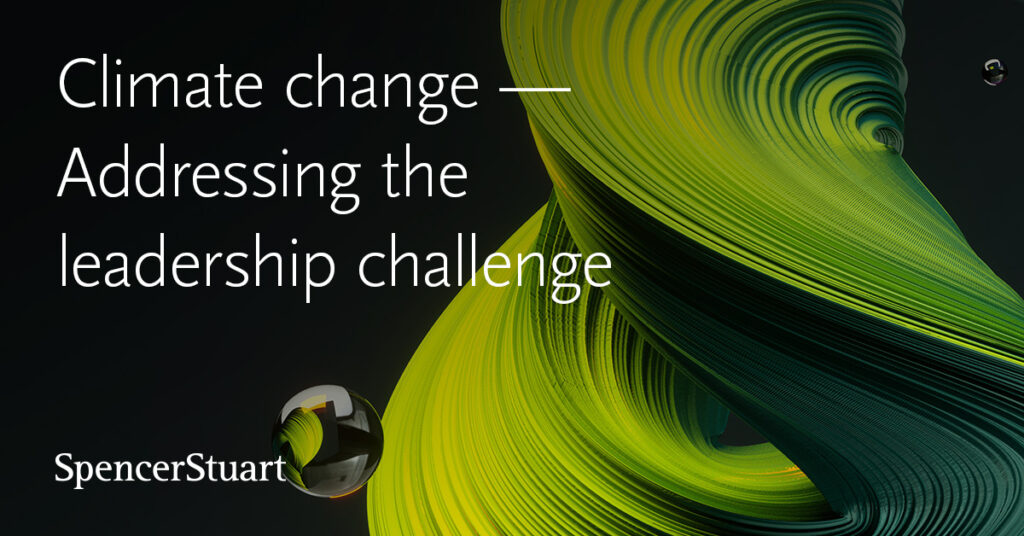As climate disasters become increasingly frequent and severe—manifesting as devastating wildfires, relentless hurricanes, and record-breaking heat waves—the Trump administration has once again formally announced the United States’ withdrawal from the Paris Agreement. This decision poses a significant threat to global efforts to address the escalating climate crisis, undermining international collaboration at a critical moment.

The Paris Agreement, an international climate change accord, was adopted in December 2015 by countries participating in the United Nations Framework Convention on Climate Change (UNFCCC). Under the Paris Agreement, nearly every country in the world committed to the goal of limiting global warming to 1.5 degrees Celsius (2.7 degrees Fahrenheit) above pre-industrial levels. However, the world is currently not on track to meet this critical target. Last year marked the hottest year in human history, with global average temperatures approaching the 1.5-degree Celsius threshold, underscoring the urgent need for more decisive action. (1)
Undoing Decades of Climate Progress
Under the terms of the Paris Agreement, participating countries are required to set targets for reducing greenhouse gas emissions and to periodically update their progress. Before leaving office, President Biden announced an ambitious goal for the United States: reducing greenhouse gas emissions by more than 60% from peak levels by 2035. Achieving this goal would have necessitated a swift transition away from fossil fuels. However, on January 20, 2025, President Trump signed an Executive Order titled “Putting America First in International Environmental Agreements,” initiating the process for the United States’ withdrawal from the Paris Agreement. Biden’s target has now been abandoned. Also, the order marks the beginning of the U.S.’s disengagement from any agreements, pacts, or commitments made under the UNFCCC.
On Monday, President Trump issued a series of executive orders aimed at revitalizing the fossil fuel industry while dismantling key Biden-era initiatives to combat greenhouse gas emissions. Declaring a national energy emergency, Trump repealed numerous climate-focused executive orders established during Biden’s tenure. Among the new directives, federal agencies were instructed to roll back restrictions on offshore drilling and reevaluate protections for Alaska’s Arctic National Wildlife Refuge, signaling a significant shift away from decades of climate progress. (2)
Trump also imposed a moratorium on new wind power projects on federal lands, halting leases and permits for both onshore and offshore wind farms. He rescinded a key executive order that required government regulators to assess the risks climate change poses to the financial system. Additionally, he instructed agencies to review any regulations deemed to “burden the development of domestic energy resources.”
These decisions have raised urgent questions about the future of both national and global progress in reducing greenhouse gas emissions. They have also cast doubt on the viability of the Paris Agreement as a treaty, sparking concerns over whether one of the most successful examples of global solidarity is now at risk of failing. This raises a critical question: what does the withdrawal of the United States—the world’s largest historical emitter—mean for international efforts to combat climate change?
More importantly, growing concerns center around whether the global community can afford the absence of U.S. leadership. Can another nation, such as China or the European Union, step up to fill the void and ensure climate progress continues? The challenge lies not just in leadership but in sustaining momentum, as the clock ticks ever louder on the urgent need for meaningful climate action. (3)
The Cost of Withdrawal
The repercussions of the first U.S. withdrawal from the Paris Agreement left deep scars that have yet to fully heal. Under Trump’s administration, contributions to international climate finance, including the Green Climate Fund, were halted. This fund was designed to support developing countries in transitioning to renewable energy, building resilient infrastructure, and adapting to the rapidly changing climate. By zeroing out payments to the Green Climate Fund, the U.S. deprived vulnerable nations of critical resources needed to mitigate and adapt to climate change. This move not only hampered progress in developing countries but also eroded global trust in the United States as a reliable partner. The lack of financial support significantly slowed global efforts in climate adaptation and emissions reduction, particularly in poorer nations most at risk from the impacts of climate change.
As the next decade represents a critical window to combat and reduce global warming, U.S. inaction will have far-reaching consequences. These effects will be felt domestically, as evidenced by recent wildfire devastation in Los Angeles, and internationally, as opportunities to build a low-carbon economy are missed. Additionally, this inaction undermines U.S. economic competitiveness and leadership in the global transition to clean energy.
Furthermore, by withdrawing from the Paris Agreement, the Trump administration has inflicted lasting damage on international climate diplomacy. This decision strips the U.S. of its ability to influence other nations’ pollution reduction strategies, potentially encouraging countries to scale back their own commitments. Such a ripple effect could unravel a decade’s worth of global cooperation and progress in the fight against climate change. (4)

Shaping the Future of Climate Leadership
The global fight against climate change has reached a critical juncture, especially as the United States—the largest historical emitter of greenhouse gases—steps back from its leadership role. This retreat creates a vacuum that demands a new frontrunner in global climate diplomacy. The question now is whether nations like China, India, or members of the European Union can rise to the occasion and assert themselves as leaders in climate action. Among these, China appears uniquely positioned to lead the charge, transitioning from co-leadership alongside the U.S. to assuming the mantle of sole leadership in the global green energy revolution.
China’s credentials for this role are compelling. Despite being the world’s largest emitter, it has demonstrated remarkable progress in renewable energy. The nation has already exceeded its 2030 renewables targets, achieving them six years early in 2024. Today, China boasts the largest installations of solar and wind power globally, underscoring its capacity to set ambitious climate goals and deliver on them. This success reflects a strategic prioritization of green energy, with investments not just in infrastructure but also in research, innovation, and global partnerships. (5)
However, leadership in climate action is about more than technical achievements; it requires a vision that unites the global community. China’s Belt and Road Initiative, traditionally criticized for its carbon-intensive infrastructure projects, has shown promising shifts toward integrating green development into its framework. By promoting renewable energy and sustainable practices across participating nations, China has the potential to build a coalition of countries committed to low-carbon growth. Such efforts could help bridge the gap left by U.S. disengagement while fostering a sense of global solidarity in combating climate change.
The European Union, too, has strong potential to fill the void. As a bloc of developed nations with robust commitments to reducing emissions, the EU has implemented innovative policies, including the European Green Deal and border carbon taxes, to incentivize cleaner industries. These initiatives could serve as models for other nations, particularly if paired with diplomatic efforts to encourage international cooperation. Yet, the EU faces challenges of internal coordination among its member states and the political will required to lead on a global stage. (6)
India is another critical player, representing the voice of developing nations in the climate conversation. With its massive population and growing energy needs, India has embraced renewable energy with initiatives like the International Solar Alliance. However, India’s ability to lead is complicated by domestic development challenges, including its continued reliance on coal and the need to balance economic growth with environmental sustainability. (7)
The absence of U.S. leadership undoubtedly complicates global climate efforts, but it also presents an opportunity for a more diversified and collaborative approach to climate action. If China, the EU, and India each step up to fill the gap, their complementary strengths could drive progress on multiple fronts—from technological innovation to policy frameworks and grassroots development. At this crossroads, the global community must decide whether to seize the moment and rally behind these emerging leaders or risk losing critical momentum in the fight against climate change.
(1) https://www.npr.org/2025/01/21/nx-s1-5266207/trump-paris-agreement-biden-climate-change
